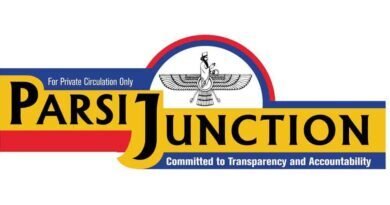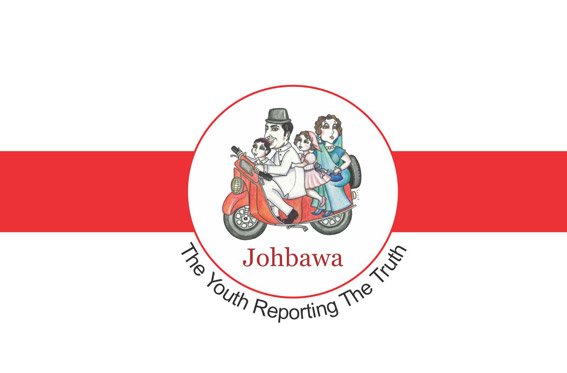Want to pitch your startup to Ratan Tata? He tells you exactly how
Did you think Instagram was only about #OOTT or #GymLooks? Think again.
 One of India’s most celebrated business leaders, Ratan Tata, who joined the photo-sharing platform just around a month ago, is using Instagram almost as a virtual startup incubator. Yesterday (Dec. 5), the 81-year-old chairman emeritus of the Tata Group shared a “basic entry-level pitch deck” for budding startup founders “which if nothing else, might help you collect your thoughts and get started.”
One of India’s most celebrated business leaders, Ratan Tata, who joined the photo-sharing platform just around a month ago, is using Instagram almost as a virtual startup incubator. Yesterday (Dec. 5), the 81-year-old chairman emeritus of the Tata Group shared a “basic entry-level pitch deck” for budding startup founders “which if nothing else, might help you collect your thoughts and get started.”
Tata has acted as a one-man venture capital fund in recent years, backing over 19 startups including the likes of Ola and Paytm. Most of his investments, he has said, are based on his gut about the founders’ competency and integrity.
Golden tips
The 16 slides (pdf) compiled by Tata and his office suggest that founders should treat their pitch deck as “a short overview of your business idea often used when presenting to investors and raising funds.”
Here are some other crucial elements founders should include that are listed in the deck:
- Problem: What is the problem you are trying to solve? Validate the problem with real life examples.
- Solution: What is your solution to the problem?
- Unique selling proposition: What characteristics make your solution a “never-before” solution?
- Competition and barriers to entry: How do the current solutions compare with your solution? How easy is it to replicate your solution? What category of competitors do you belong to?
- Revenue model: How do you make money off your solution? For example: subscription model, direct sales, ad-based three- to five-year projections, your top cash burn reasons.
- Target market: The size of the market versus the percentage you are targeting. Granular profiling of your customer. For example: age, geography, purchase habits, personal traits. What channels will you use to get to this market?
- Your product/service: Explain how your product/service adds value. Try and explain in layman terms. Ideally, anyone reading this slide should understand it.
- Milestones: Milestones you have reached so far. For example: prototypes, patents, pilots etc. Milestones for the next 1, 3, and 5 years if possible Milestones for what you would do if you got funded.
- Funding so far: Mention funds raised through other investors and soft commitments. It helps build credibility and validation. Mention realistic numbers for expected funding.
- The team: Introduce your founding members. Along with credentials, you can mention why they are involved Exhibit unity in thinking, in strategy.
Another key piece of advice was to “validate every possible slide with data.”
“Numbers don’t lie. It is usually not a great idea because you think so, but because your target market said so. Don’t be afraid to recognise that it won’t work and change direction or drop it completely,” the presentation said. “The right idea might be the next one. Getting funded does not mean success! Pitch less like a presentation, more like a story!”





